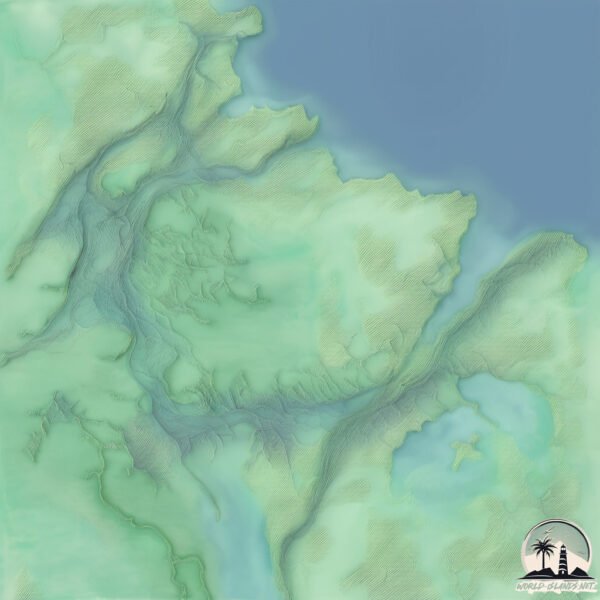Welcome to Marajo , a Tropical island in the South Atlantic Ocean, part of the majestic Atlantic Ocean. This guide offers a comprehensive overview of what makes Marajo unique – from its geography and climate to its population, infrastructure, and beyond. Dive into the details:
Geography and size of Marajo
Size: 10.4 km²Coastline: 15 kmOcean: Atlantic OceanSea: South Atlantic OceanContinent: South America
Marajo is a Medium Island spanning 10 km² with a coastline of 15 km.
Archipel: –
Tectonic Plate: South America – A major plate covering the South American continent and part of the Atlantic Ocean, known for the Andes mountain range and significant seismic and volcanic activity.
The geographic heart of the island is pinpointed at these coordinates:
Climate and weather of Marajo
Climate Zone: TropicalClimate Details: Tropical Monsoon ClimateTemperature: Hot
Climate Characteristics: Characterized by heavy rainfall, high humidity, and uniformly high temperatures, but with a distinct short dry season. It features a seasonal reversal of prevailing wind directions.
Topography and nature of Marajo
Timezone: UTC-03:00Timezone places: America/Sao_PauloMax. Elevation: 33 m Mean Elevation: 13 mVegetation: Evergreen Broadleaf ForestTree Coverage: 53%
The mean elevation is 13 m. The highest elevation on the island reaches approximately 33 meters above sea level. The island is characterized by Plains: Flat, low-lying lands characterized by a maximum elevation of up to 200 meters. On islands, plains are typically coastal lowlands or central flat areas.
Dominating Vegetation: Evergreen Broadleaf Forest
Vegetation: 16 vegetation zones – Exceptionally Diverse Island
Infrastructure and Travelling to Marajo
Does the island have a public airport? no .
Does the island have a major port? no .
The mean population of Marajo is 10 per km². Marajo is Gently Populated. The island belongs to Brazil .
The name of the island resonates across different cultures and languages. Here is how it is known around the world: Arabic: ماراجو; German: Marajó; Spanish: Marajó; French: île de Marajó; Portuguese: Ilha de Marajó; Russian: Маражо; Chinese: 馬拉若島
Continuing your journey, Ilha Chiqueiro is the next notable island, situated merely km away.
Discover Marajó Island: The Hidden Gem of the Amazon
Discover the Magic of Marajó Island with Hotel Marajó Embark on an unforgettable journey to Marajó Island, the world's largest ...
Discover Marajó Island: The Hidden Gem of the Amazon
Discover the Magic of Marajó Island with Hotel Marajó Embark on an ...
Discover the Magic of Marajó Island with Hotel Marajó Embark on an unforgettable journey to Marajó Island, the world's largest ...
Ilha de Marajó | Onde o rio Amazonas se encontra com o mar
Cheguei na Ilha de Marajó no Pará. Esse paraíso com lindas praias de ...
Cheguei na Ilha de Marajó no Pará. Esse paraíso com lindas praias de areia branca. Um lugar isolado do resto do mundo, onde ...
Brazil is classified as Emerging region: BRIC: Brazil, Russia, India, and China – Economies noted for their rapid growth and increasing influence on global affairs. The level of income is Upper middle income.
News – Latest Updates and Headlines from Marajo
Stay informed with the most recent news and important headlines from Marajo. Here’s a roundup of the latest developments.
Loading...
Please note: The data used here has been primarily extracted from satellite readings. Deviations from exact values may occur, particularly regarding the height of elevations and population density. Land area and coastline measurements refer to average values at mean high tide.

